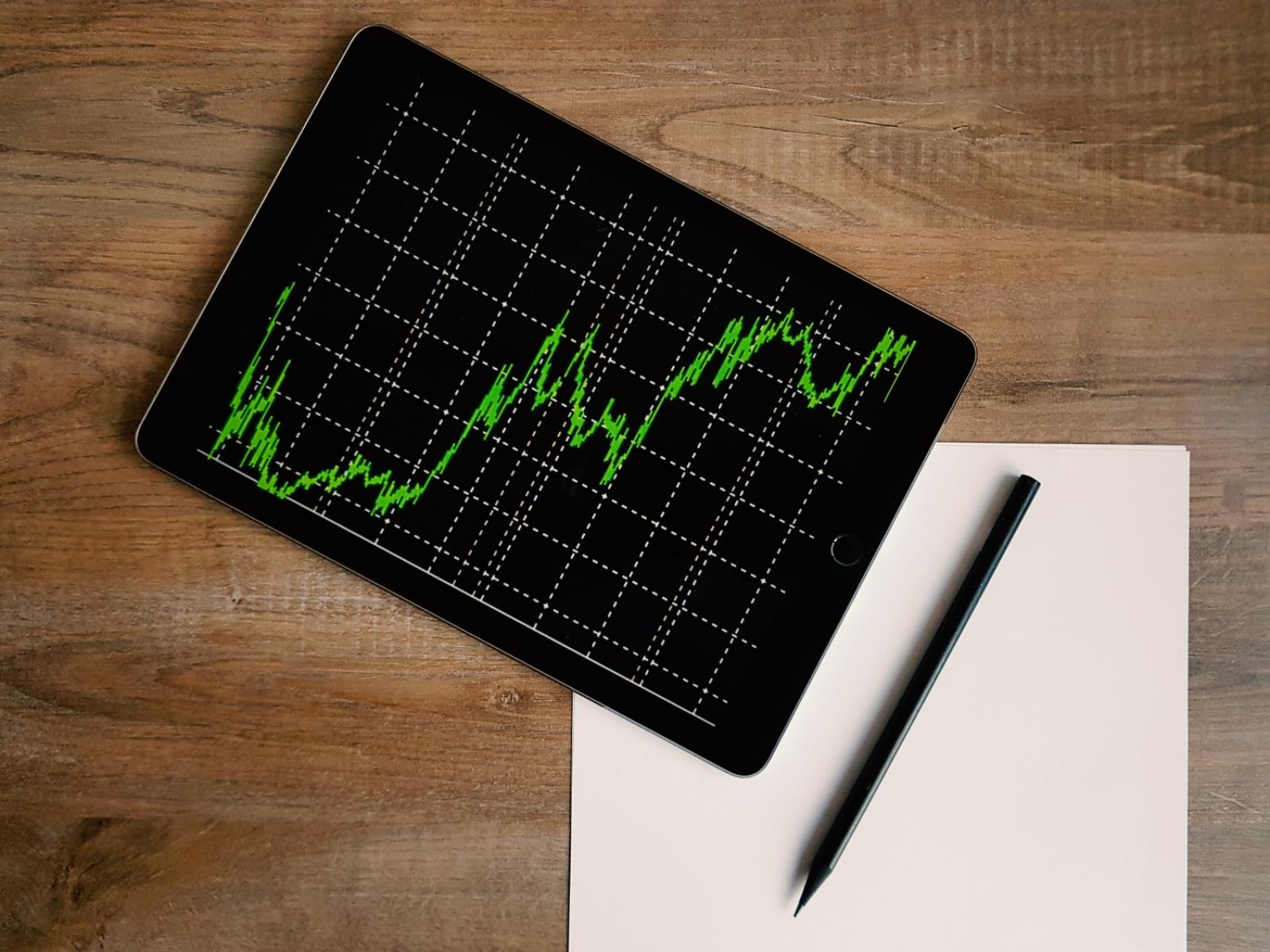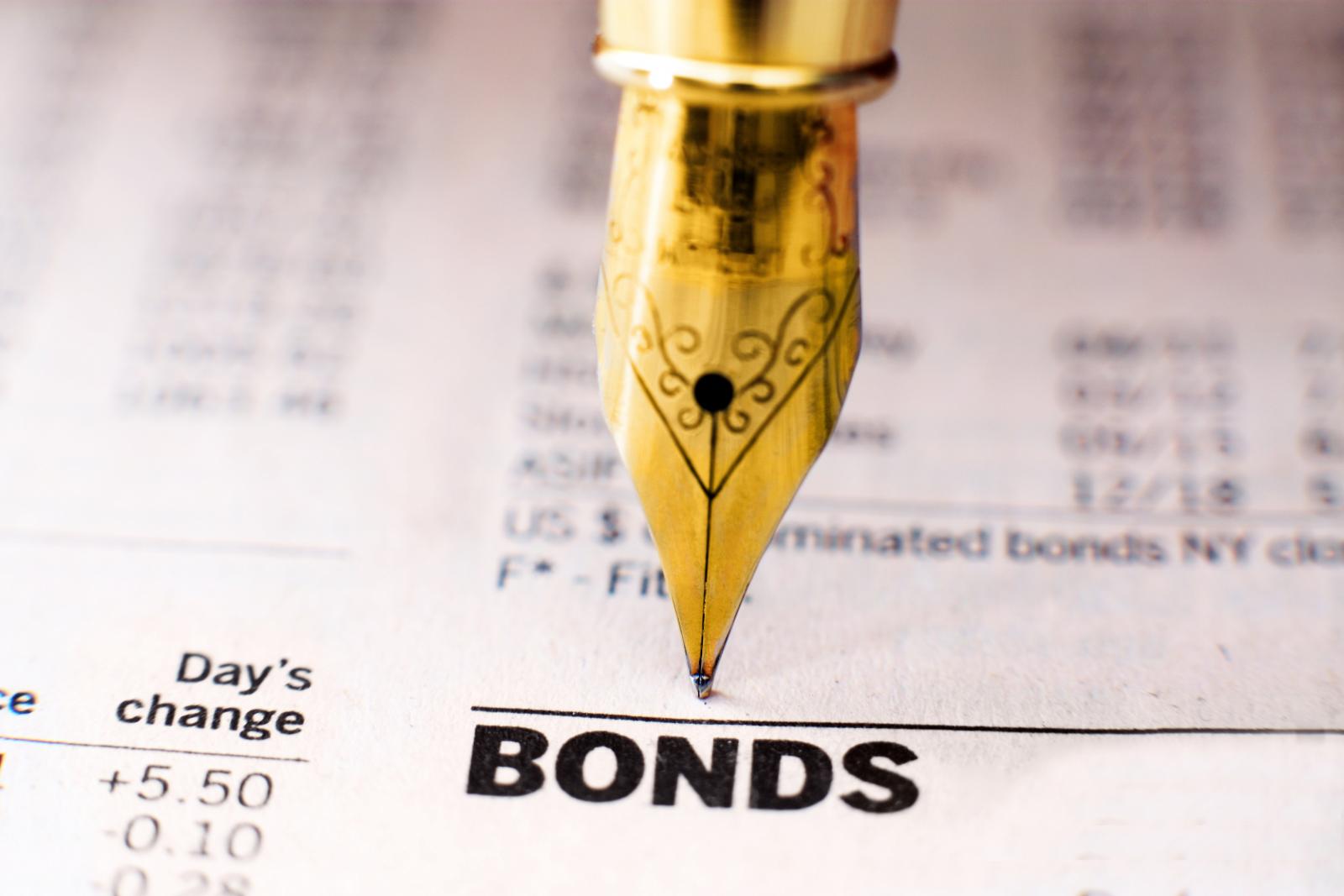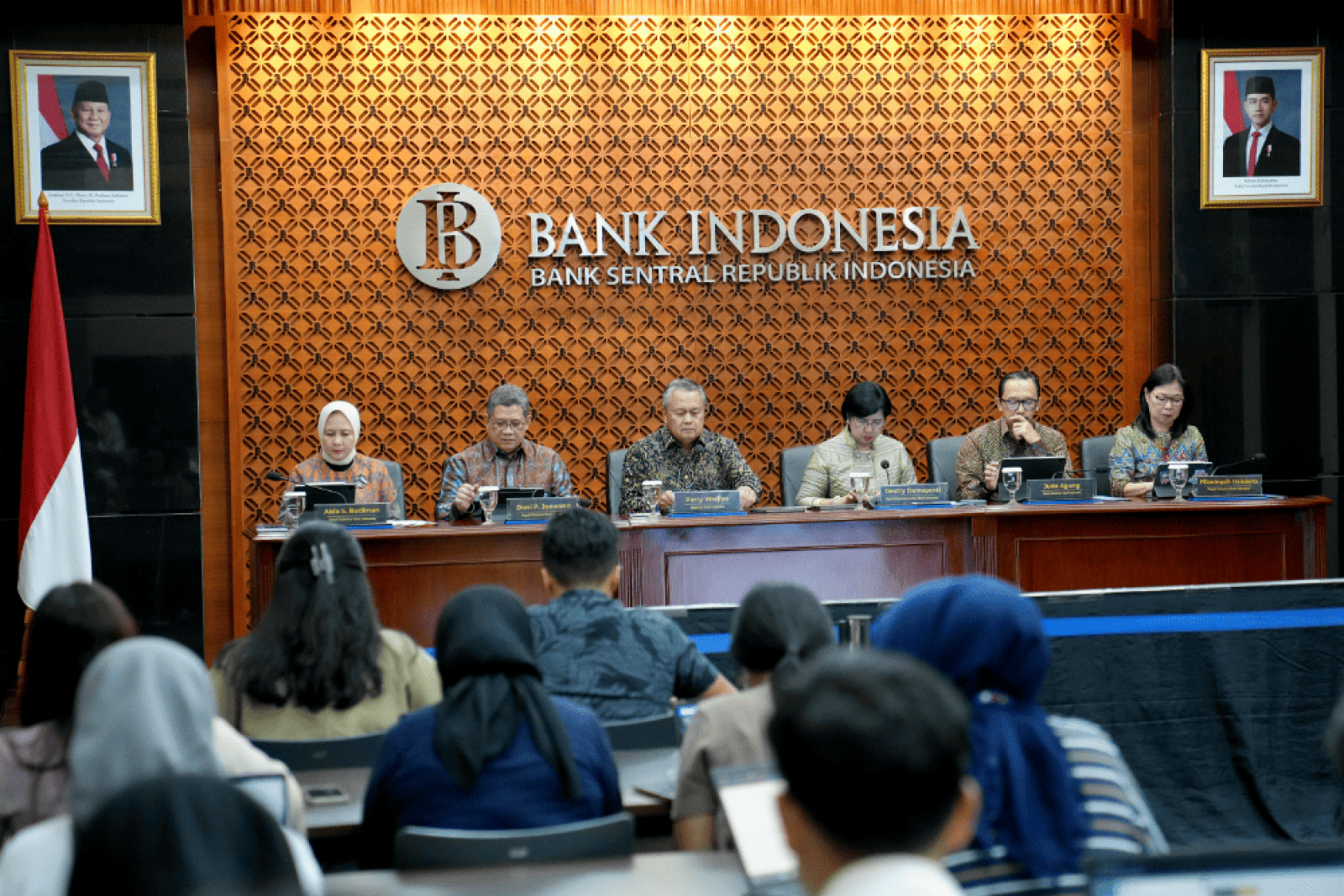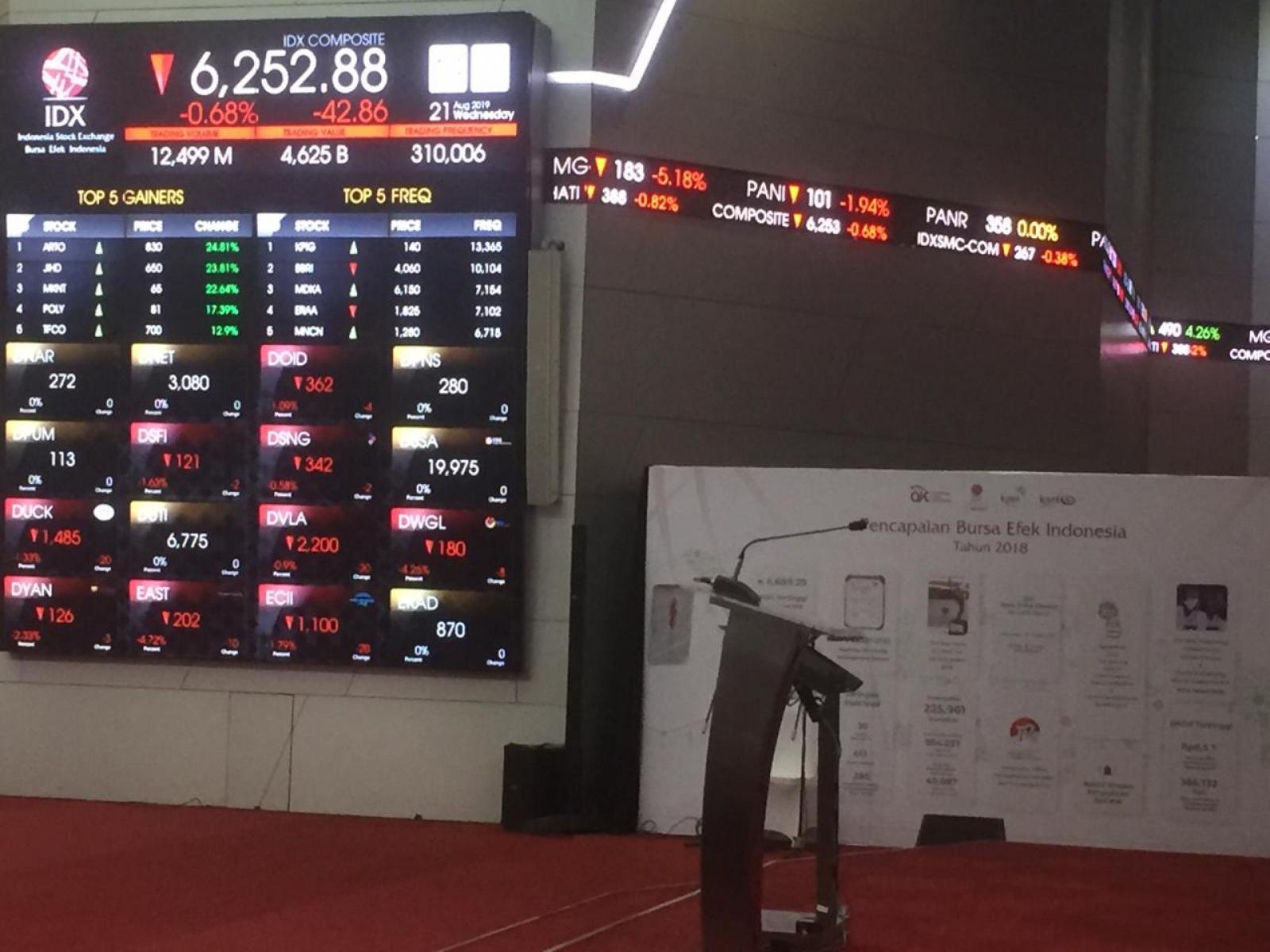
Germanys consumer price inflation reached the lowest since early 2021 on lower energy prices and favorable base effects, raising chances of a September interest rate cut by the European Central Bank.
Consumer price inflation softened to 1.9 percent in August from 2.3 percent in July, flash data from Destatis showed on Thursday.
Inflation was the lowest since March 2021, when the rate was 1.8 percent and it remained below economists forecast of 2.1 percent.
EU harmonized inflation also softened more-than-expected in August, to 2.0 percent from 2.6 percent in July and was well below forecast of 2.3 percent.
Core inflation, excluding food and energy prices, slowed slightly to 2.8 percent in August from 2.9 percent in the previous month.
Cost of services posted a steady growth of 3.9 percent, while goods prices remained flat after rising 0.9 percent in July.
The decline in energy prices deepened to 5.1 percent from 1.7 percent. At the same time, food prices grew at a faster pace of 1.5 percent after a 1.3 percent gain.
On a monthly basis, the consumer price index slid 0.1 percent, while prices were expected to remain flat.
Likewise, the harmonized index of consumer prices dropped 0.2 percent on month, confounding expectations for a nil growth. Final data is due on September 10.
Flash data from Spain showed that consumer price inflation fell to the lowest in more than a year in August.
Spains consumer price index posted an annual growth of 2.2 percent after rising 2.8 percent in July. Similarly, the HICP inflation dropped to 2.4 percent from 2.9 percent in July.
Eurozone inflation data for August will be released on Friday.
Capital Economics economist Franziska Palmas said national data suggests that euro area inflation will come in at around 2 percent.
This will pave the way for a September rate cut but with services inflation still sticky, the easing cycle will be gradual, the economist noted.
ING economist Carsten Brzeski said fading inflationary pressure combined with fading growth momentum offer an almost perfect macro backdrop for another rate cut.
However, the economist noted that forward-looking inflation indicators like selling-price expectations and wage growth show that there are still reasons to be cautious.
At the July governing council meeting, the European Central Bank had kept the rates unchanged after lowering them for the first time in five years at the June meeting.





